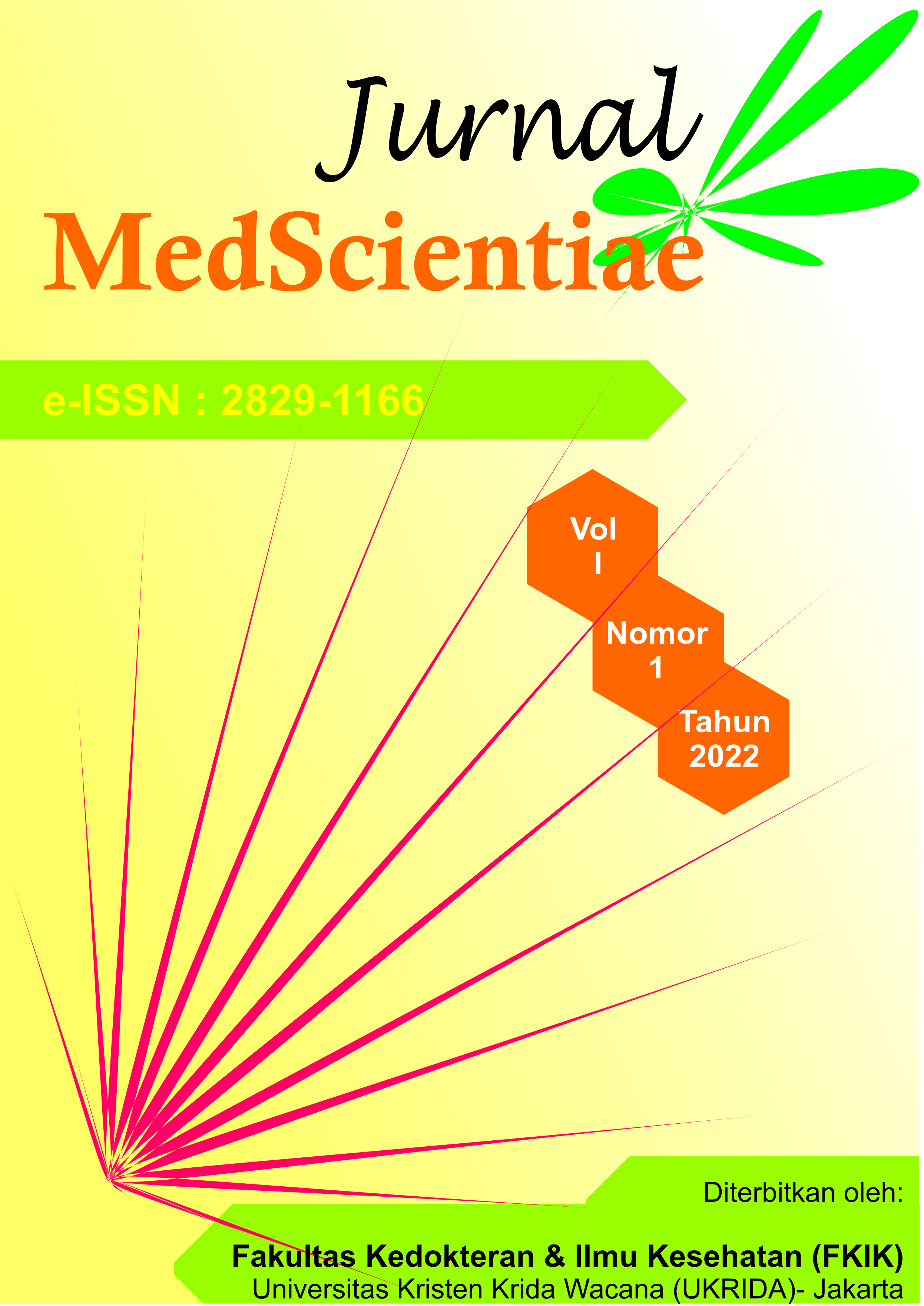Histopathological Changes in Midgut Epithelial Cells of Aedes aegypti Mosquito Larvae Due to Exposure to Nabati Insecticides
DOI:
https://doi.org/10.36452/jmedscie.v1i1.2440Keywords:
Aedes aegypti larvae, bioinsecticide, midgutAbstract
Aedes aegypti mosquitoes are the main vector of Dengue Hemorrhagic Fever (DHF). Various prevention efforts were carried out to reduce their population. One of them is the use of synthetic or bioinsecticides. Bioinsecticides are safer for humans, animals and the environment so they had been used widely as an alternative nowadays. Larvicide is one of the insecticides product that attacks mosquito breeding sites in the water. Larvicide has various mechanisms that can attack some target organs including larvae’s midgut. Based on several trial results, plant insecticides have been cause epithelial cells in larvae’s midgut to lyses, change shape, vacuolize and detach from the basal membrane. Peritrophic membrane, microvilli and brush border are partially or completely damage. Histopathological changes in the midgut epithelial cells of Ae. aegypti larvae were caused by metabolite compounds, either singly or in combination that contained in plant extracts
Downloads
Published
How to Cite
Issue
Section
License
Copyright (c) 2022 Monica Puspa Sari, Dwi Anggraini, Rina Priastini S

This work is licensed under a Creative Commons Attribution-NonCommercial-ShareAlike 4.0 International License.








